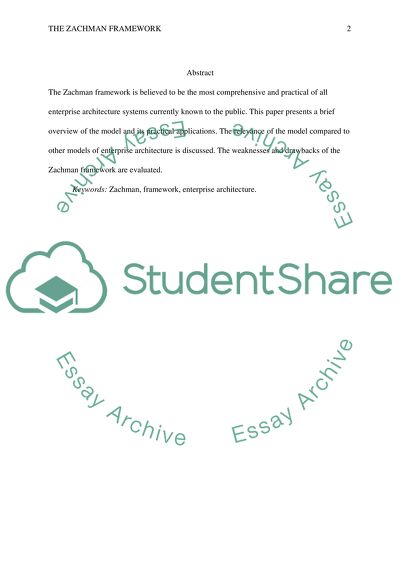Cite this document
(“The Zachman Framework Essay Example | Topics and Well Written Essays - 1500 words”, n.d.)
Retrieved from https://studentshare.org/information-technology/1428076-the-zachman-framework
Retrieved from https://studentshare.org/information-technology/1428076-the-zachman-framework
(The Zachman Framework Essay Example | Topics and Well Written Essays - 1500 Words)
https://studentshare.org/information-technology/1428076-the-zachman-framework.
https://studentshare.org/information-technology/1428076-the-zachman-framework.
“The Zachman Framework Essay Example | Topics and Well Written Essays - 1500 Words”, n.d. https://studentshare.org/information-technology/1428076-the-zachman-framework.


